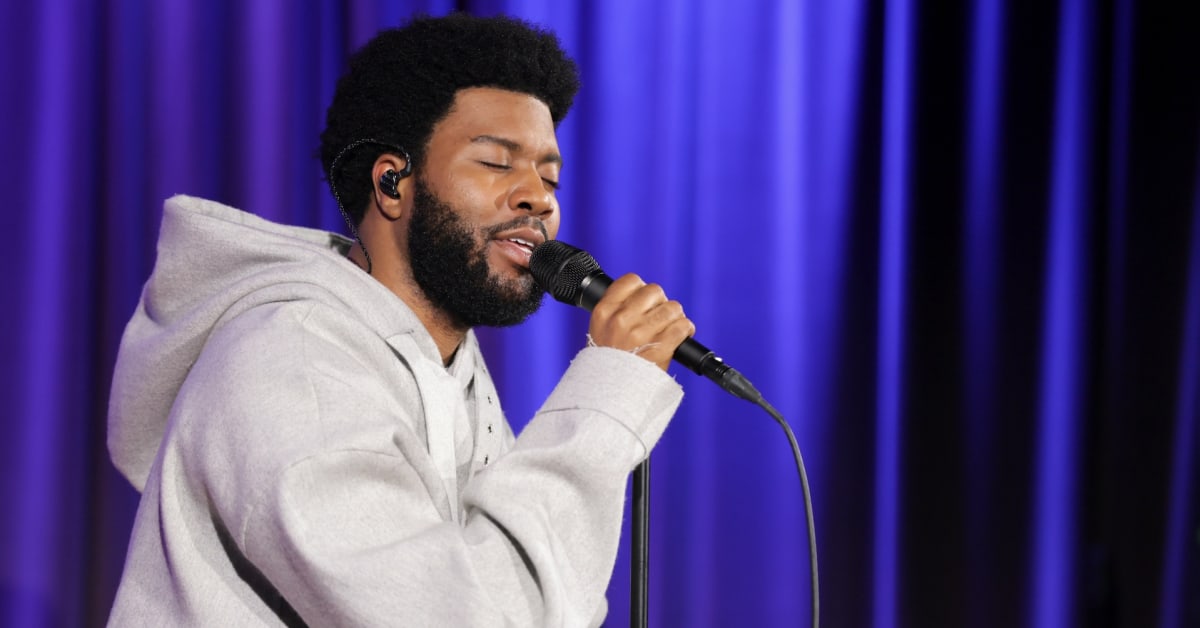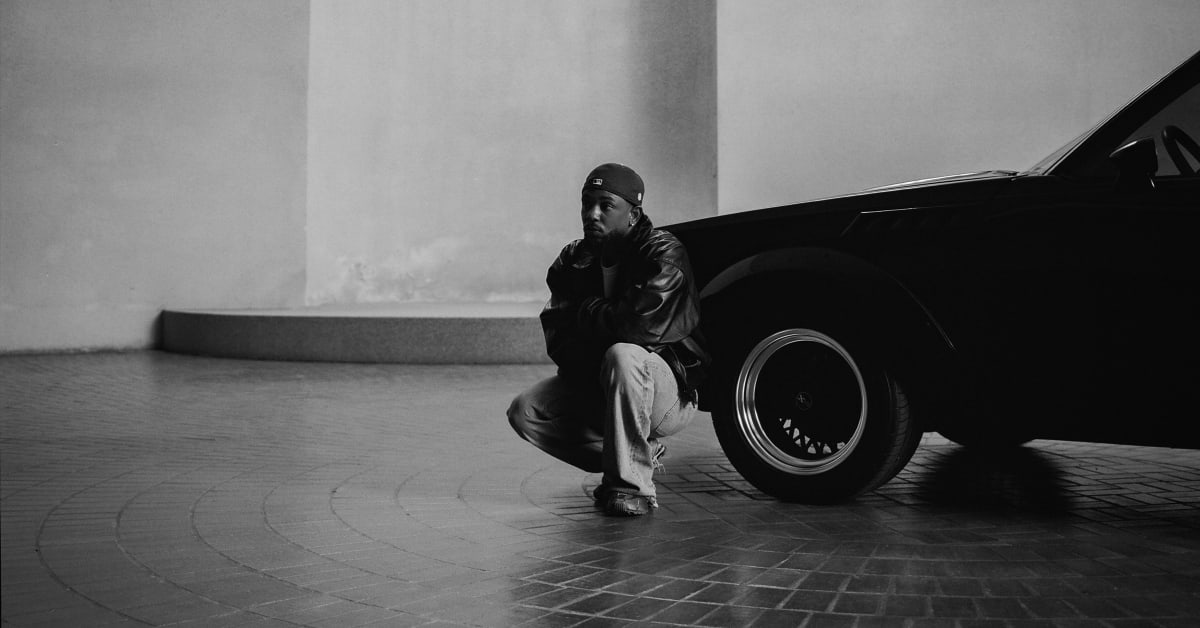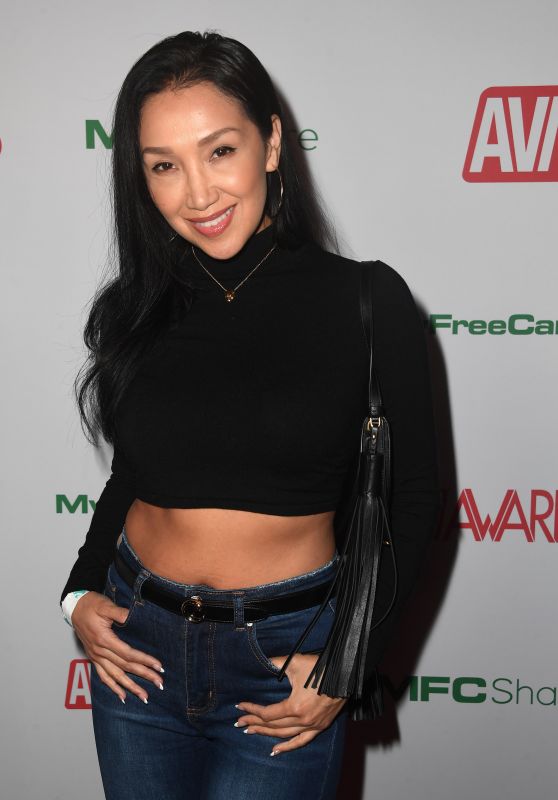When Sam Riley first got the script for John Cranko, he saw the title page, with its big black print, and thought: ‘An action movie! Finally, someone has seen my action potential!” Then he googled John Cranko. It wasn’t quite what he expected. Not an action here but “a chain-smoking gay choreographer” who transformed the world of ballet.
Riley — known for his breakout performance as Joy Division singer Ian Curtis in Anton Corbijn’s Control (2007) as well as turns alongside Helen Mirren and Andrea Riseborough in Rowan Joffe’s gothic take on Brighton Rock (2010) and across Lilly James in Ben Wheatley’s Rebecca (2020) — had never even been to the ballet. But he asked his wife, Downfall and Rush star Alexandra Maria Lara, to read the script. “She told me, ‘this one you’re gonna do. This is definitely a job to do’….this is the sort of role that comes along, well in my case, every 15 years or so [referring to playing Ian Curtis in Control]. The chance to play someone with so many emotional angles, but so dialed up. Overly confident but also terribly vulnerable.”
Directed by Joachim Lang (Goebbels and the Führer, Mack the Knife – Brecht’s Threepenny Film), the German-language biopic traces the sharp, short rise to fame of the South African choreographer who, after being convicted for “persistently importuning men for an immoral purpose” in London found refuge, and global success, in Germany at the Stuttgart Ballet. Taking over a troupe of “leftover” dancers, Cranko transformed them with a new style of dance that brought natural movement, authentic emotional expression, and a large dose of humor to the staid, conservative world of ballet. Time Magazine once called him “ballet’s finest storyteller.” His takes on Romeo and Juliet, Onegin and Taming of the Shrew are still performed today on stages around the world. John Cranko died unexpectedly at the height of his fame, aged 45.
Produced by Zeitsprung Pictures and released in Germany by Port au Prince Pictures, John Cranko is being sold worldwide by Beta Cinema. Its AFM market premiere is on Wednesday, Nov. 11 at Brenden Theatres – 12.
Riley spoke to The Hollywood Reporter about playing an artistic icon, acting alongside the real-life Stuttgart dancers and discovering his love for the ballet.
Were you a ballet fan before, did you know John Cranko?
No, I mean, embarrassingly, the truth is, I saw a ballet for the very first time in Stuttgart some weeks before the shooting began. I didn’t really grow up with that. I grew up with a lot of cinema and music, but I think I had the sort of prejudices [against ballet] that a lot of people have without really any justification. I didn’t know who John Cranko was. To be completely honest when I saw the name [on the script] I was hoping, with that sort of name, it would be an action movie. Finally, they’ve seen my action potential! Then I googled him and, it was ‘Oh no, not an action hero [but] a chain-smoking gay choreographer’. To be perfectly honest, the size of the script was very daunting, so I asked my wife [German actress Alexandra Maria Lara], to read it for me and she said: ‘This one you’re gonna do. This is definitely a job to do.”
The most daunting thing was all the German dialog. I speak German passably enough but I think I talk more in this movie than I’ve talked in any other movie. I did this schnitzel Western [2014’s The Dark Valley] where I was in almost every scene, but I barely spoke a word. And I’ve done a couple of children’s German comedies playing the clumsy Englishman. It’s funny that the Germans, a nation not famous for their sense of humor, are the only ones who have put me in anything humorous.

How did you prepare to play Cranko?
A lady at the Stuttgart Ballet sent me all the archive materials, which included all the live performances choreographed by John and performed by the original dancers, as well as all the newsreel stuff of him at work, which was very helpful in terms of looking at him, seeing how behaved, his body language. Then I went to Stuttgart several times and worked with Reid Anderson, who was one of Cranko’s dancers, and he came in the rehearsal room with me and Elisa Badenes and Friedemann Vogel, two of the star dancers in the Stuttgart troupe today who play dancers in the movie [Marcia Haydée and Heinz Clauss]. And Reid showed me John would have done it. At some point it was: ‘Okay, now you do it.’
But it was a bit intimidating. Because at the Stuttgart Ballet, John is very much alive and well. He’s sort of omnipresent, not only in the enormous photos that they have of him in every room — I was very grateful when they took those down when we started shooting —but his method is still taught there, the dancers grew up with his story. I tried to do what I did when I played Ian Curtis or anyone who really existed, which was to try and open up and channel whatever’s around, the atmosphere of the person. I don’t mean that to sound pretentious. I don’t really know how it works.
I think your performance in this film is the most emotional and vulnerable I’ve seen you do since playing Ian Curtis in Control.
Thank you. I think the part is a bit like Ian. Alexandra reminded me, and I’m very aware having worked in the business for such a long time, that these sort of roles don’t come along that often. This is the sort of role that comes along, well in my case, every 15 years or so. The chance to play someone with so many emotional angles, but so dialed up. Overly confident but also terribly vulnerable. He was extremely brave and also very thin-skinned. There was a lot of turmoil there, a lot of beauty and a lot of sadness and a lot of love. It’s a role with everything an actor longs for to be able to show. I like it that there’s also an ugly side to him, there’s a cruelty to him sometimes. What I tried to do, like with Ian, was to play the person. People say you’re playing an icon, or you’re playing a legend, and that’s true, but first and foremost, you’re playing a person.

Making the film, did you discover an inner love of ballet?
Watching the dancers and the performances, I found it incredibly moving. I didn’t need tear stick for those scenes. There’s something incredible about ballet, the fact that it still exists. People complain sometimes that the young generation are work-shy or whatever, but these dancers are young people who have dedicated their whole existence to something, since they were very small, to something so remarkably specific, to dance and try and reach, not perfection but as close to perfection as they can. I found that incredibly beautiful, that something like that still exists.
Was it challenging working with non-actors? Your co-stars are actual ballet dancers.
I think a lot of people warned [John Cranko] director Joachim [Lang] against the idea of using so many non-experienced cinema actors. But Cranko’s style is more about acting and emotion than just technique. So these dancers are all universal performers. I remember the very first days though, we were both very nervous, but about different things. They were anxious about having to speak in front of the camera, and I was anxious about playing a choreographer, having never choreographed anything in my life. I just don’t think you can do a film about ballet in this way and have actors playing the dancers. You have to have real dancers.
What was the most challenging aspect of the film for you?
The German language. I’ve very capable in a shop or, making conversation with friends or my neighbors but I’ve never tried to explain Romeo and Juliet to anyone in German. So I spoke with a friend of mine, Bill Nighy, who I worked with some years ago. I rang him and said: ‘I’m afraid of this part.’ And he said: ‘the only cure for fear of work is work’. I knew he was going to say something like that. I learned every scene six weeks before the shoot so I knew I could go in and do the whole thing, like it was a play, and I got my wife and my son to go through my lines and correct me. By the end of it, they knew every line of John Cranko. It’s a strange thing, acting in another language. Because usually when you’re performing, you’re only thinking of making it truthful or believable. You’re not thinking, How the fuck do I say this word?
You had the world premiere at the opera house in Stuttgart. What was that like?
It was incredible. It was a home crowd, a lot of ballet regulars, season ticket holders or whatever, and the original dancers were there. It was a really unforgettable night. It’s one of the privileges of the job sometimes to become a part of a story that you had no connection to before, had no connection to. I’m part of the Stuttgart story now, like I’m part of the Manchester one [through Control and Ian Curtis.] Which is very funny, coming from Leeds.




















 English (US) ·
English (US) ·